With demand for battery electric vehicles lower than expected, OEMs are boosting hybrid output and extending ICE production.

The first five months of 2024 have featured regular reports that EV sales are stalling or falling; governments have withdrawn incentives in much of Europe, consumers are balking at the price premium they are expected to pay for EVs and concerns over inadequate charging infrastructure remain in many markets. Unless the UK government relaxes its ZEV mandate requirements and the EU relaxes its ultimate banning of sales of new ICE and hybrid models in 2035, the future will have to be all-electric (unless somehow fuel cells, or hydrogen ICE technology or even e-fuels can achieve price parity with existing technologies).
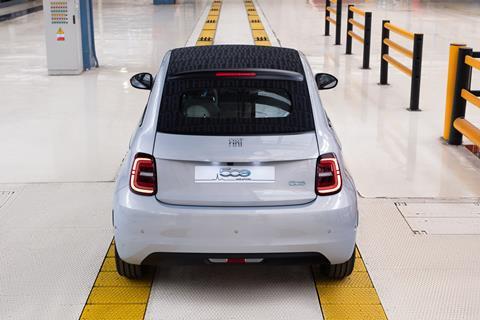
Car makers re-evaluate powertrain mix
However, getting to the point when sales of new cars are purely electric is proving something of a challenge. And in recent months several VMs have rowed back on earlier commitments to get to 100% electric offerings. Mercedes will continue to sell combustion engines into the 2030s, and companies like VW, Ford, Volvo and JLR have all said they expect to see at least a short-term increase in plug-in hybrid sales. And of course Toyota, which led the way in hybrid technology, continues to advocate a mixed powertrain solution.
Volkswagens’ CFO, Arno Antlitz, has been quite clear on his company’s new approach. In May this year he told a Reuters automotive event that one-third of the group’s €180 billion of current capital expenditure programme will focus on keeping its combustion engine powered cars competitive, two-thirds will focus on electrification (including a sub-€20,000 small car) and digitalising the company’s operations in general, but legacy powertrain technologies in one form or another will be maintained for longer than once planned. Meanwhile at Stellantis we have the remarkable turn of events with the Fiat 500e BEV car being re-engineered to accept a mild hybrid petrol powertrain, more than doubling projected production of this model. This would be, it is believed, the first case of an all-electric car being adapted to take an ICE powertrain, albeit a hybrid one.
China aslo feeling the effect of EV sales slow-down
And it is not just in Europe and the US that the slowdown in EV adoption is taking place; EV sales momentum is slowing in China, but plug-in hybrid sales are rising. In 2023 plug-in hybrids sales in China rose 83% to nearly 2.6m, i.e. half of full EV sales. This has continued in 2024, for example, in April although EV sales rose 5.7% to 462,000, plug-in hybrid sales rose 103% to 255,000 and even range extender EVs rose 64% to 69,000. The net effect of this that BEVs have seen their share of the Chinese market drop 10% year-on-year to 59%, with hybrids taking 32%, up 9%. Chinese VMs have been quick to respond with BYD and SAIC’s JVs with GM and VW all boosting hybrid volumes and bringing new hybrid models forward.
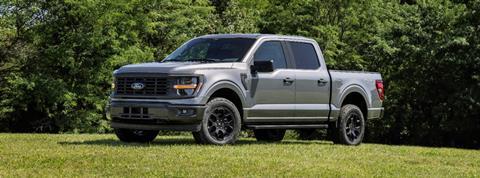
The same thing is happening elsewhere and interestingly Ford’s Jim Farley has said that hybrid margins are much higher than on EVs (in fact Ford has been reported to be losing money on every EV sold in the US). Ford expects to lose more than US$5 billion on EVs in 2024, 15% higher than its EV losses in 2023. Despite this, Farley thinks that Ford can reach an 8% margin on EVs in 2026, which would be remarkable reversal of positions. Ahead of this, it is pushing hybrids hard and expects the F150 hybrid to be its best-selling hybrid vehicle.
In parallel, JLR has decided to continue production of the PHEV versions of Evoque and Discovery Sport at Halewood while the factory transitions to EV production, while Mercedes has confirmed that it will continue making petrol combustion engine vehicles into the 2030s.
Multi-fuel ICE development
Meanwhile Toyota – which has been something of an outlier in the rush to switch to EVs – has announced a new generation of compact engines, and it continues to work on hydrogen-powered ICE technology as well. Toyota’s new 1.5-ltr and 2.0-ltr engines will be 10-20% smaller than their predecessors. Toyota has achieved this by shortening the pistons’ stroke and improving thermal efficiency; for example, the new 2.0 litre units will have a comparable efficiency to the current 2.4-ltr unit. The new engines will also be able to run on a range of fuels, not just conventional petrol or gasoline. In addition, they will be able to run on synthetic e-fuels, biodiesel or hydrogen.
Until this year the move to EVs seemed unstoppable, driven by government policy and VM production plans falling into line with this policy. In the US, the multi-trillion-dollar subsidies of the Inflation Reduction Act have accelerated investment in EV and battery production, but demand is not currently keeping up with supply side investments. Meanwhile in Europe, ACC (the battery cell JV led by Stellantis and Total) has stalled on projects to build cell plant in Germany and Italy, ostensibly because of possible changes in battery technology, from NMC to LFP specifically, but the slowdown in EV demand is undoubtedly a factor here. What once seemed so certain, namely the linear march to an electric future, has found the road ahead littered with unexpected potholes, especially consumer reluctance to switch technology and pay a significant premium for doing so. Toyota, especially its chairman, Akio Toyoda, has long railed against slavish devotion to solely EVs and this scepticism may be about to be proved correct.





























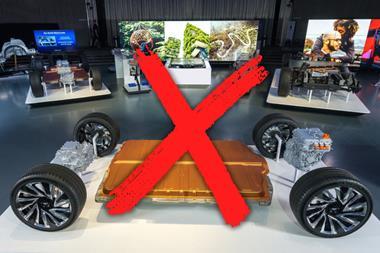

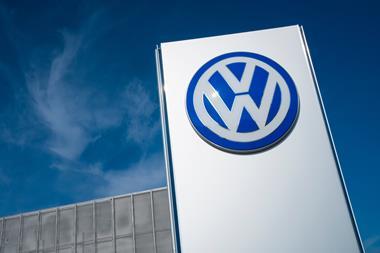
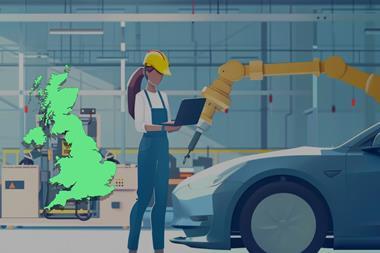
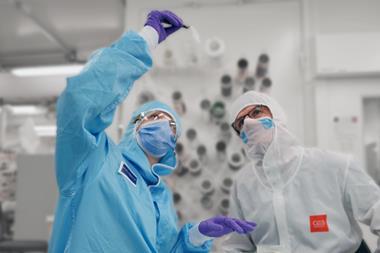




No comments yet